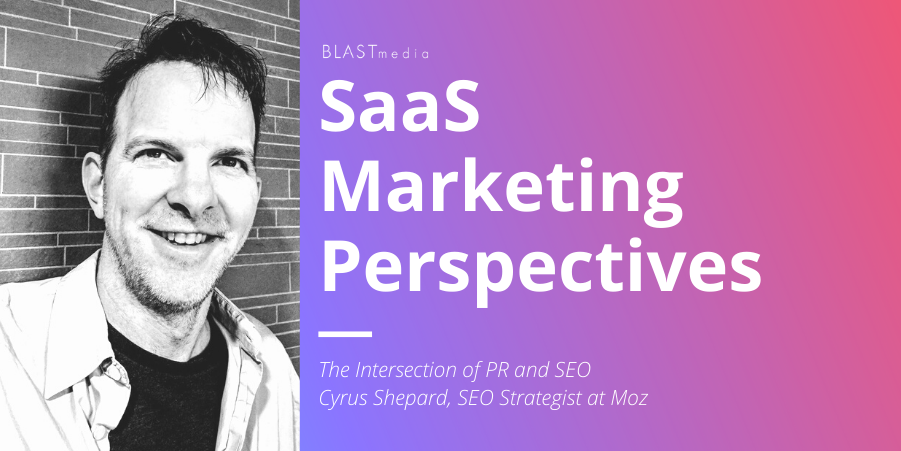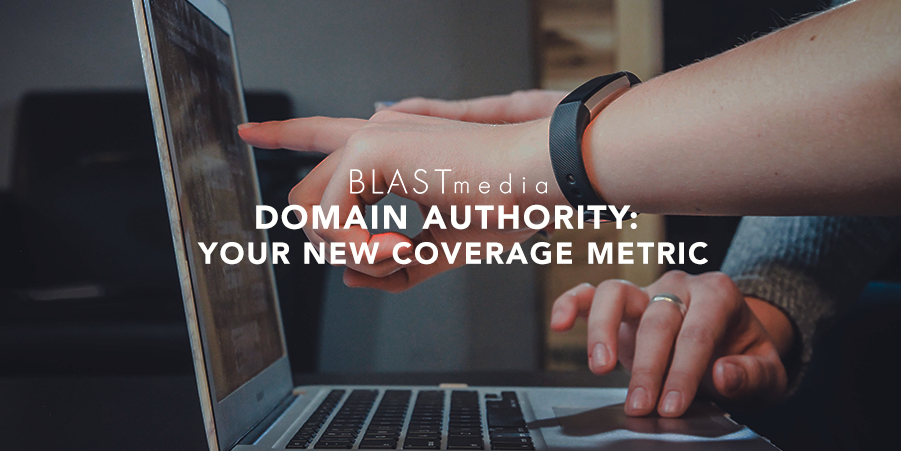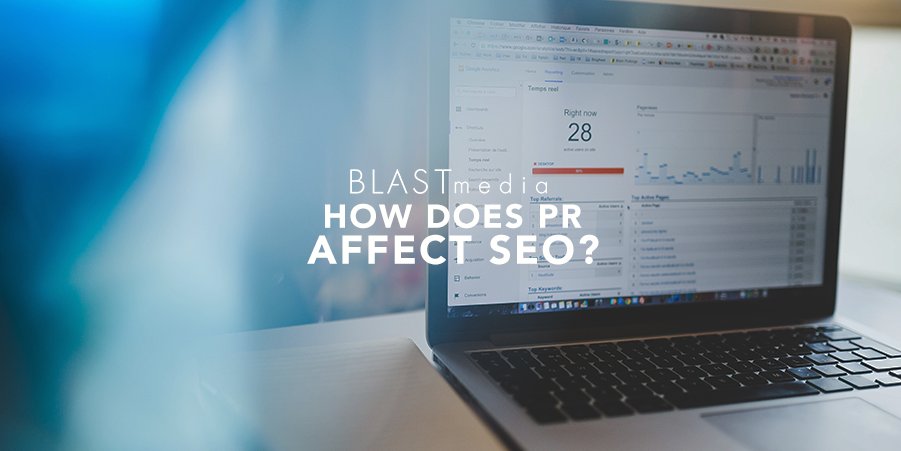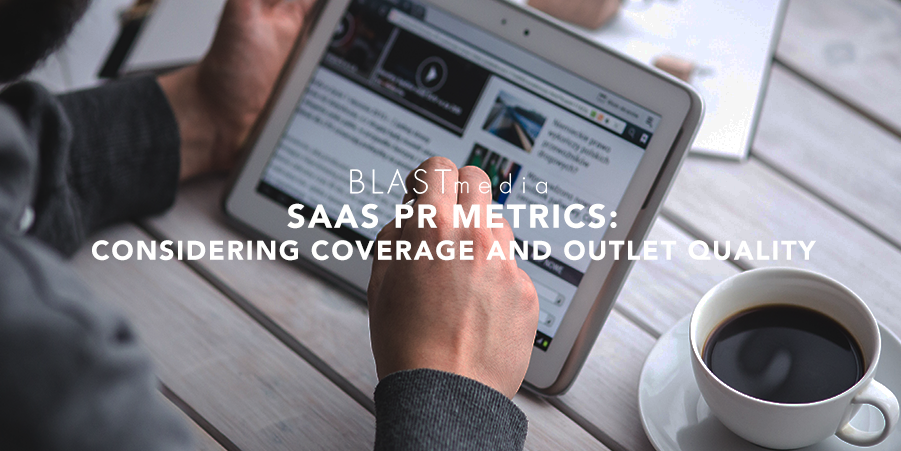We know PR coverage can positively impact SEO. From securing coverage for contributed content with target keyword phrases to earning natural editorial backlinks in media outlets with a high domain authority, SEO is an important part of our PR strategy. But you don’t have to take our word for it.
I got together with Cyrus Shepard, an SEO strategist from Moz, to pick his brain about how PR affects SEO. We talk about the intersection between PR and SEO, keywords, search engine result page (SERP) rankings and links.
MEGHAN: Does PR help with SEO?
CYRUS: Ultimately, SEO is about popularity, relevancy and trust. In that regard, strong PR can definitely help with SEO, albeit sometimes indirectly.
MEGHAN: Are there specific SEO metrics PR can help impact?
CYRUS: There are actually several metrics PR can help impact. The first—and likely most important to SEOs—are web links. Links are a significant SEO ranking factor and is measured by metrics such as Domain Authority and Page Rank.
When PR is successful, it can impact the volume of Branded Searches (when someone searches Google for something in a way that uses your brand name). Branded search volume is another important metric that is often correlated with SEO success.
Finally, though not directly connected, good PR can help a business win search traffic Share of Voice (SOV). This simply refers to the amount of visibility a website has across a large range of search results relative to the competition.
MEGHAN: How does coverage that mentions your brand name (but doesn’t link back to your website) impact your brand’s overall SEO?
CYRUS: In SEO, we refer to “unlinked mentions” — i.e. mentions of your brand that don’t link to your website. While these don’t carry the weight or influence of actual links, they can still be important. Google has the ability to extract “entities” from web copy. Your website/brand could be an entity, as well as your employees or products. When Google identifies an entity, it can often make a connection with other entities—including your website—even when there isn’t a direct link. It’s also possible Google can learn other things from these unlinked mentions, such as when they perform sentiment analysis. So an article that has positive things to say about your brand, even if that article doesn’t link to you, may produce a small positive signal about the entity that is your website.
MEGHAN: How does the domain authority of publications for which coverage is secured impact a brand’s domain authority?
CYRUS: Roughly speaking, the more authoritative and trustworthy a site is, the more powerful authority it passes to other sites (generally through links.)
That said, a site’s authority isn’t the only factor at play. Relevance is another huge factor. In this way, it can sometimes be more beneficial to get coverage on a smaller but highly relevant site/page than less-relevant coverage on a higher authority site.
MEGHAN: How can PR coverage help impact SERP rankings for branded and non-branded keywords?
CYRUS: In general, PR coverage can help a site rank for branded and non-branded terms based to varying degrees on the following factors:
- How relevant the coverage is to the site’s target topics/keywords. E.g. Does the coverage use the same terms/topics in its headline and body copy?
- Does the coverage include links to the site? Followed links are typically stronger than nofollow links (though Google may now take nofollow links into consideration). And nofollow links are typically stronger than unlinked mentions, but all of these could be valuable.
- The authority and trust of the publication where coverage is obtained.
- The sentiment of the coverage. While this is only rumored to be a ranking factor, positive coverage may help rankings, while negative coverage could actually hurt.
MEGHAN: When developing a marketing strategy for companies you’ve worked with in the past, did PR align with any SEO efforts?
CYRUS: Some of the best SEO campaigns I’ve seen were actually led by great PR people. I’d love to see more PR guiding SEO strategy itself. This is because PR folks on the ground often have a good sense of what journalists are looking for and the topics they want to cover. The “PR-First” approach can often lead to more significant SEO gains.
MEGHAN: Are there best practices PR professionals should adhere to in order to be SEO-friendly?
CYRUS: Based on the above question:
- Try to get coverage from the most relevant sites/pages possible
- Work to get links/mentions direct to the client website, in the following order of importance: Follow Links > Nofollow Links (including those with “ugc” and “sponsored” attributes) > Unlinked mentions.
For more information on how PR can support SEO, check out our PR for SEO blog series!





